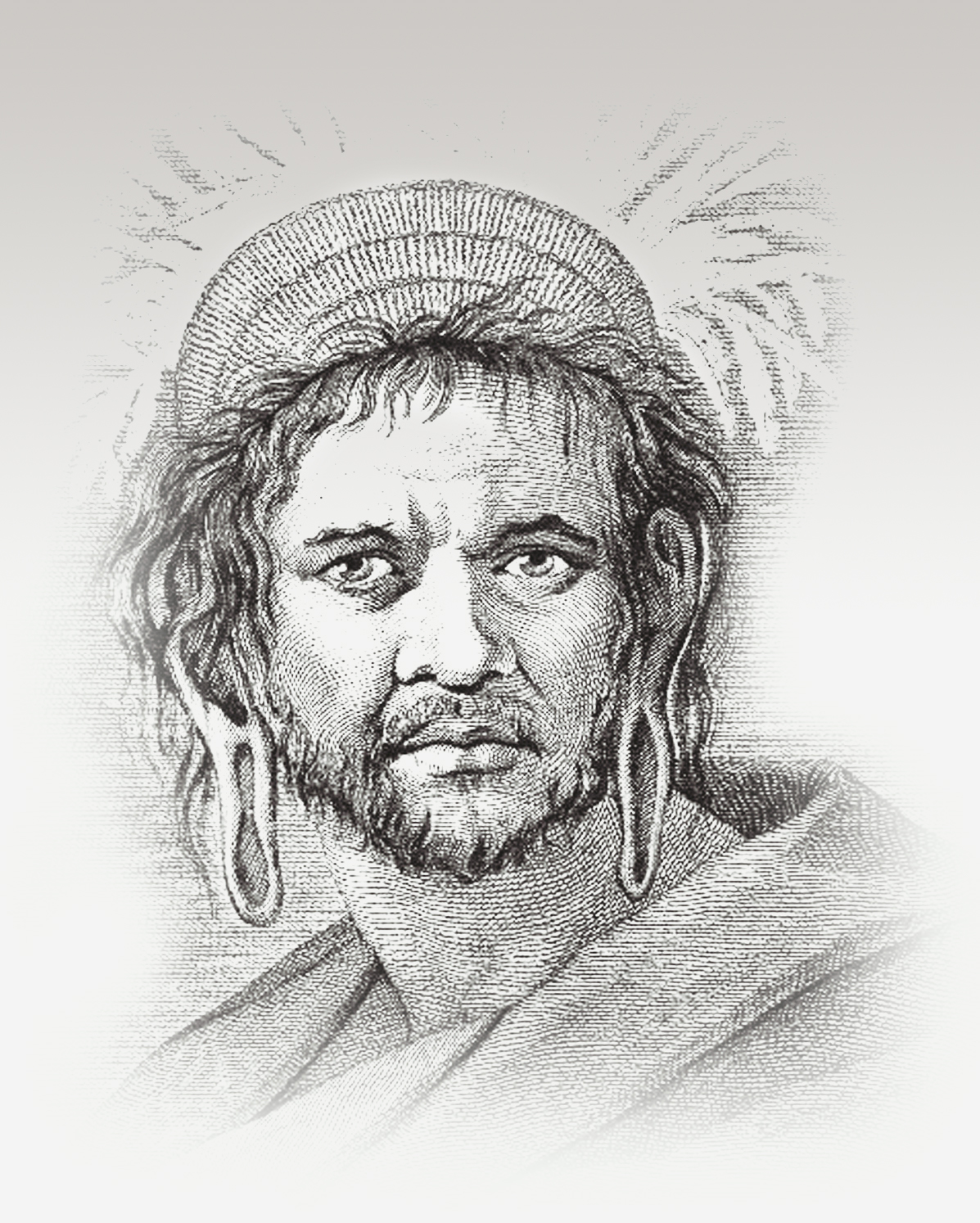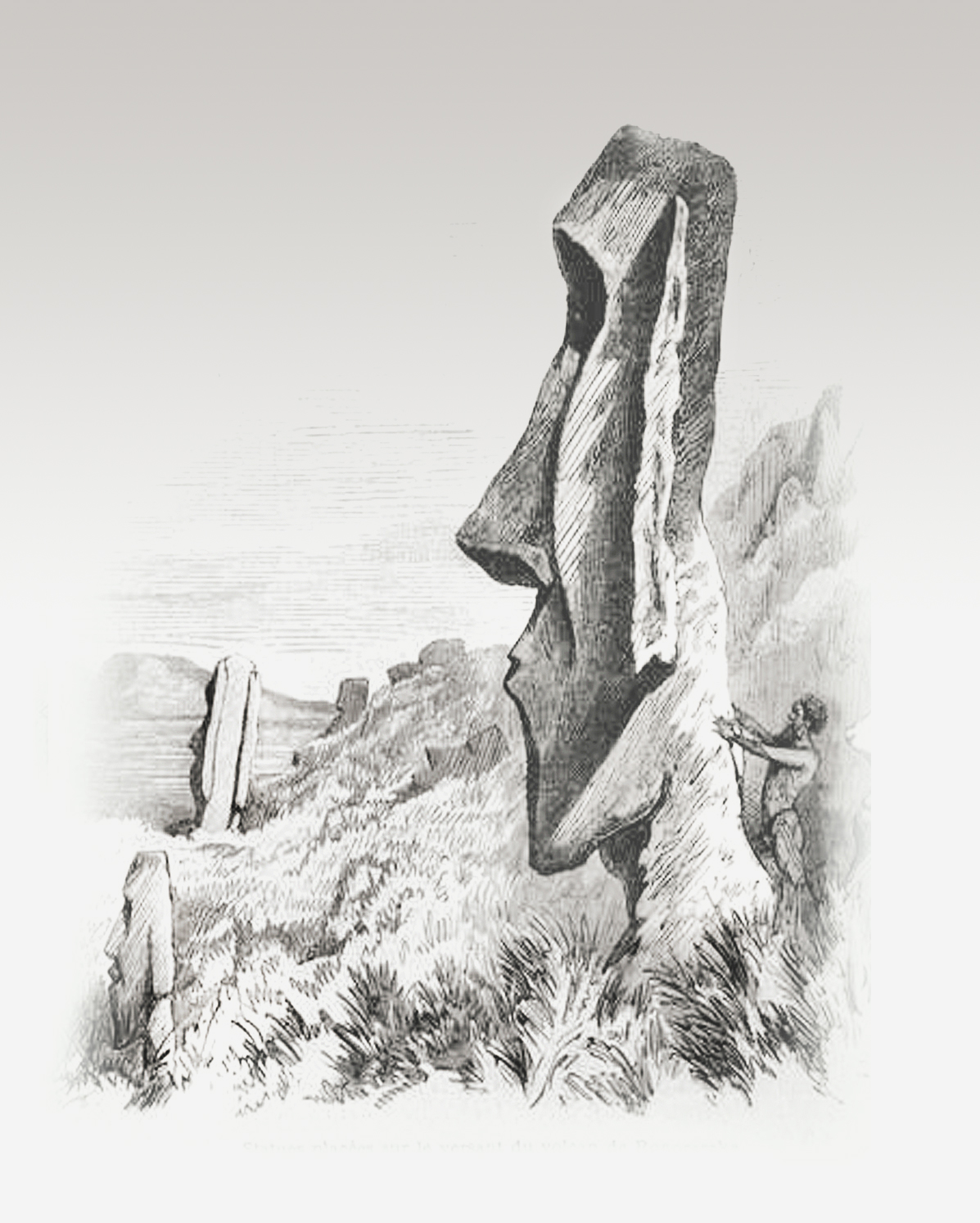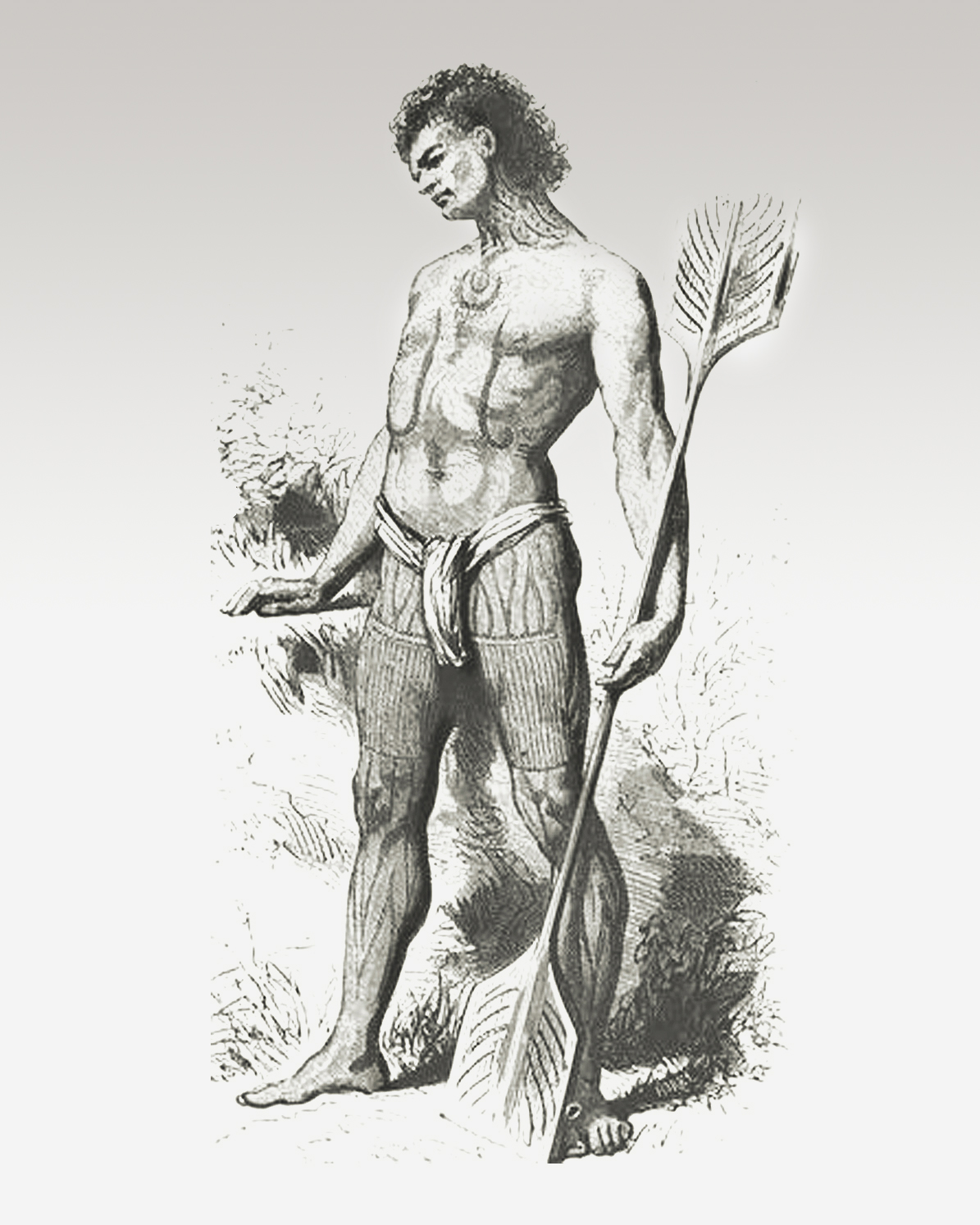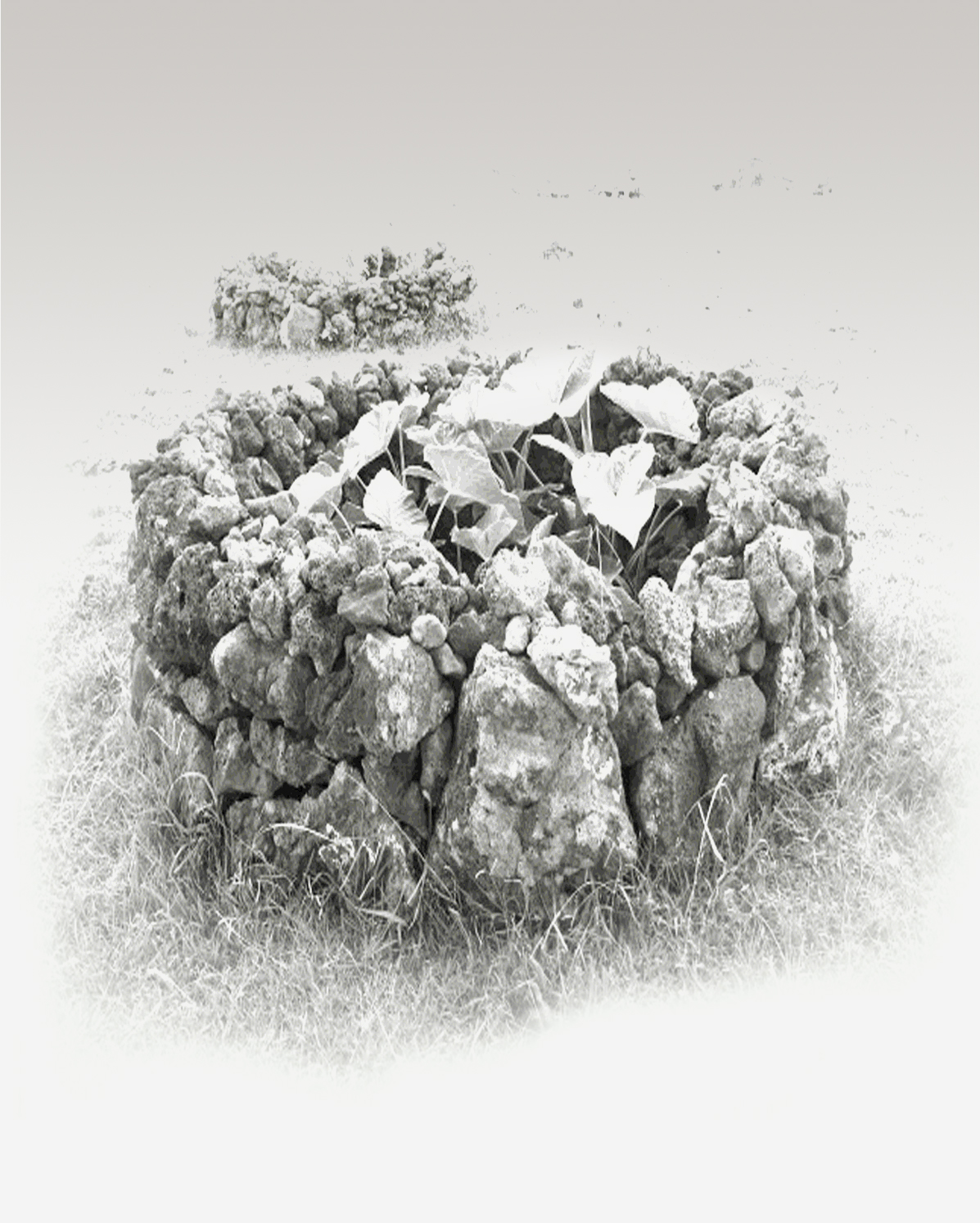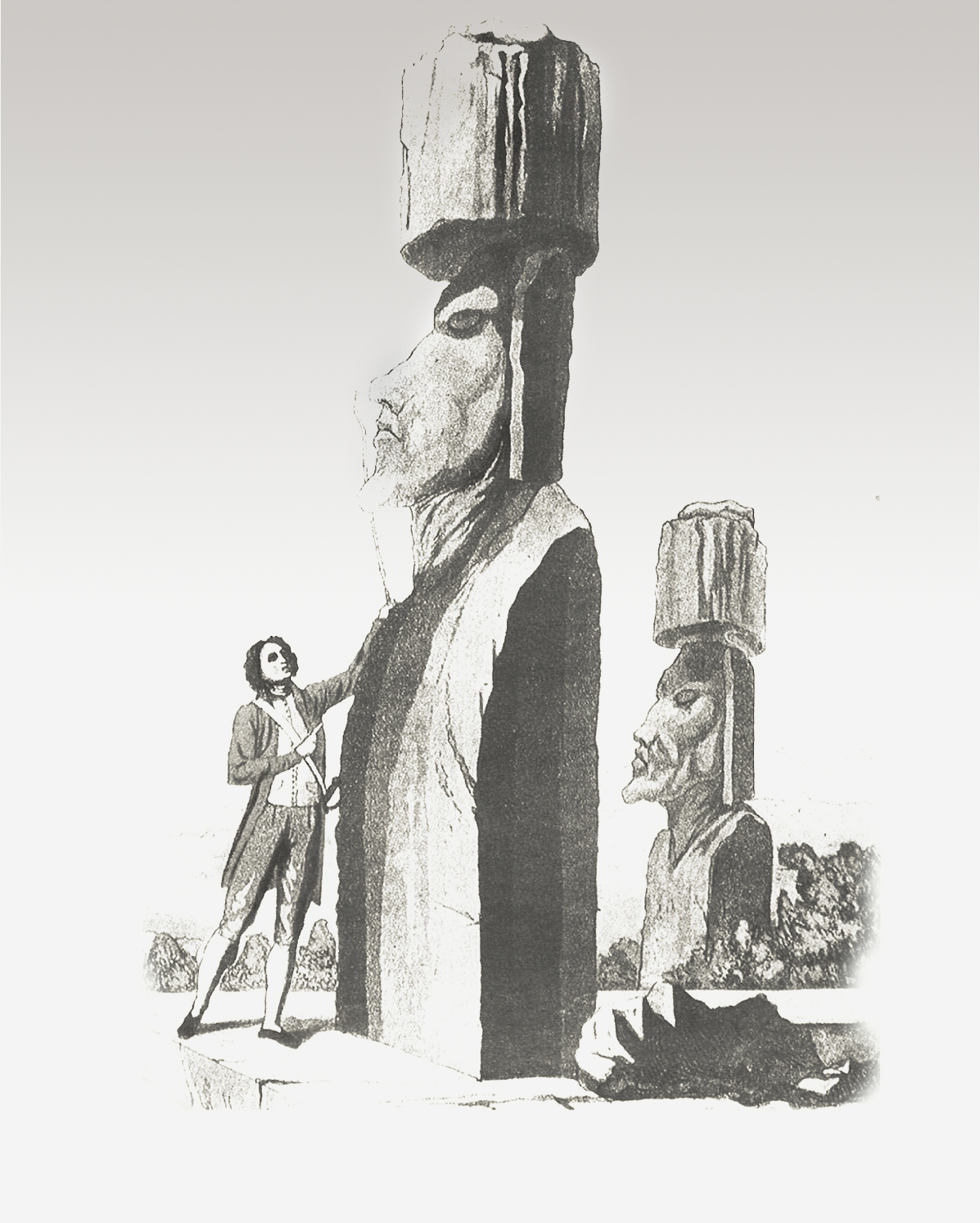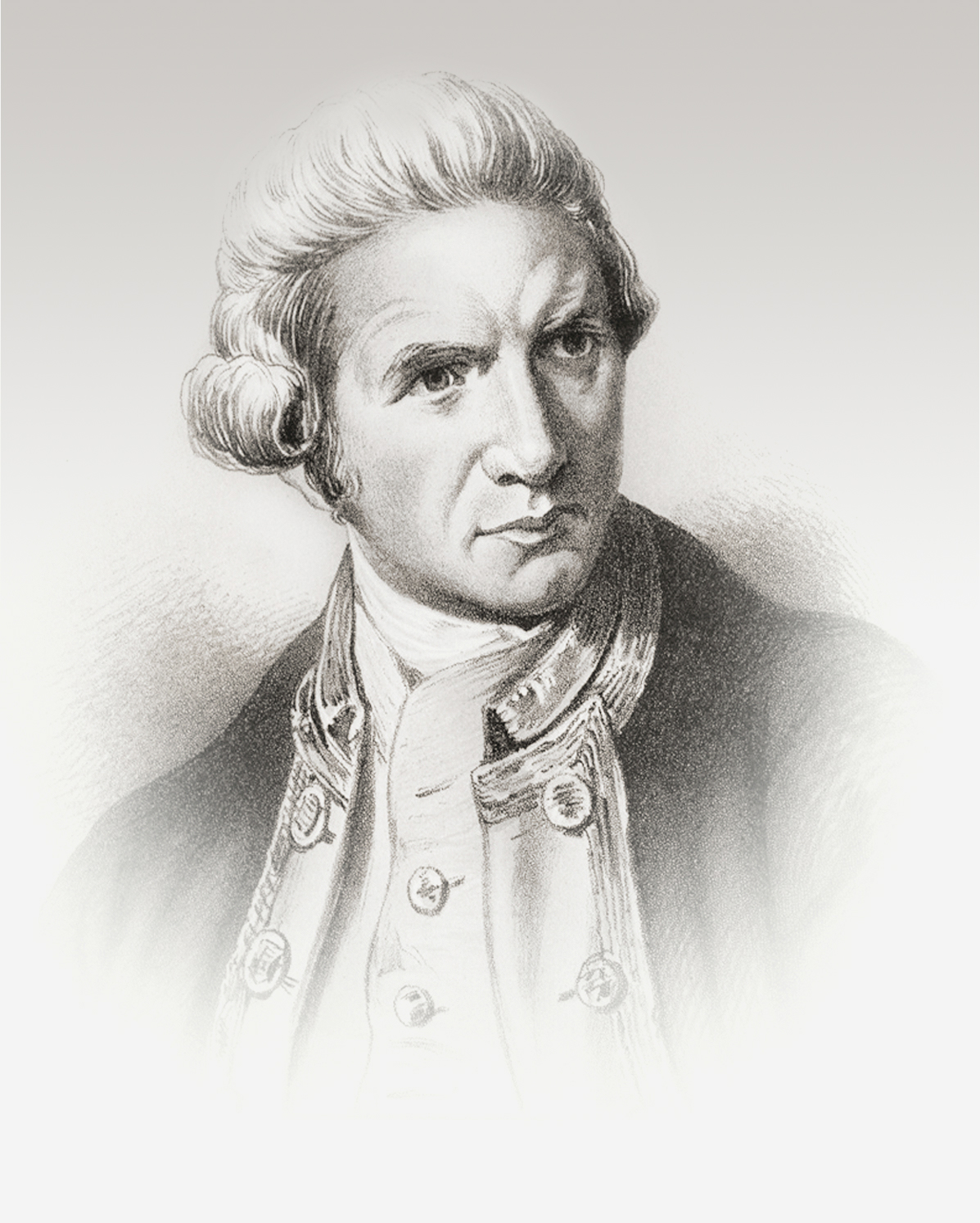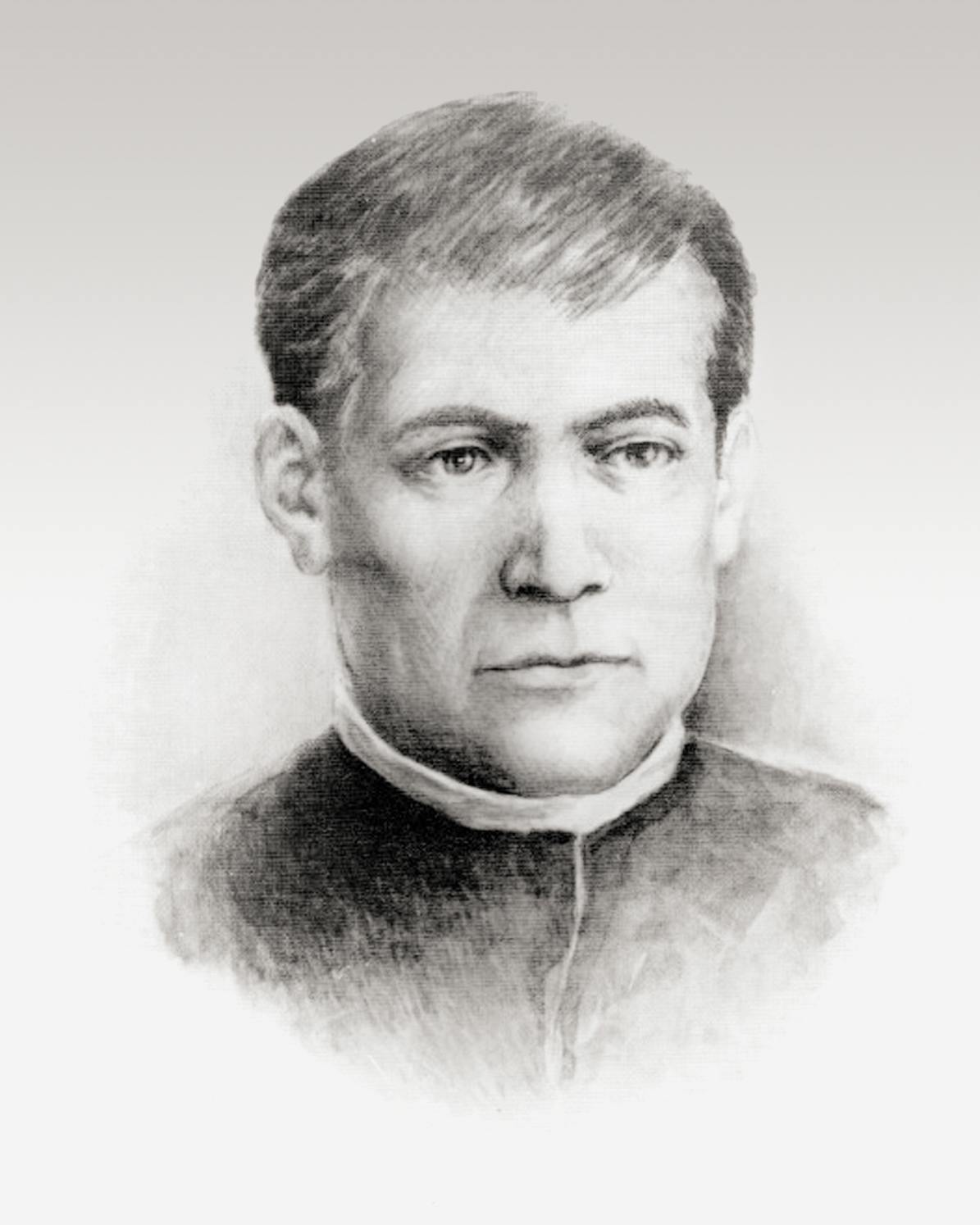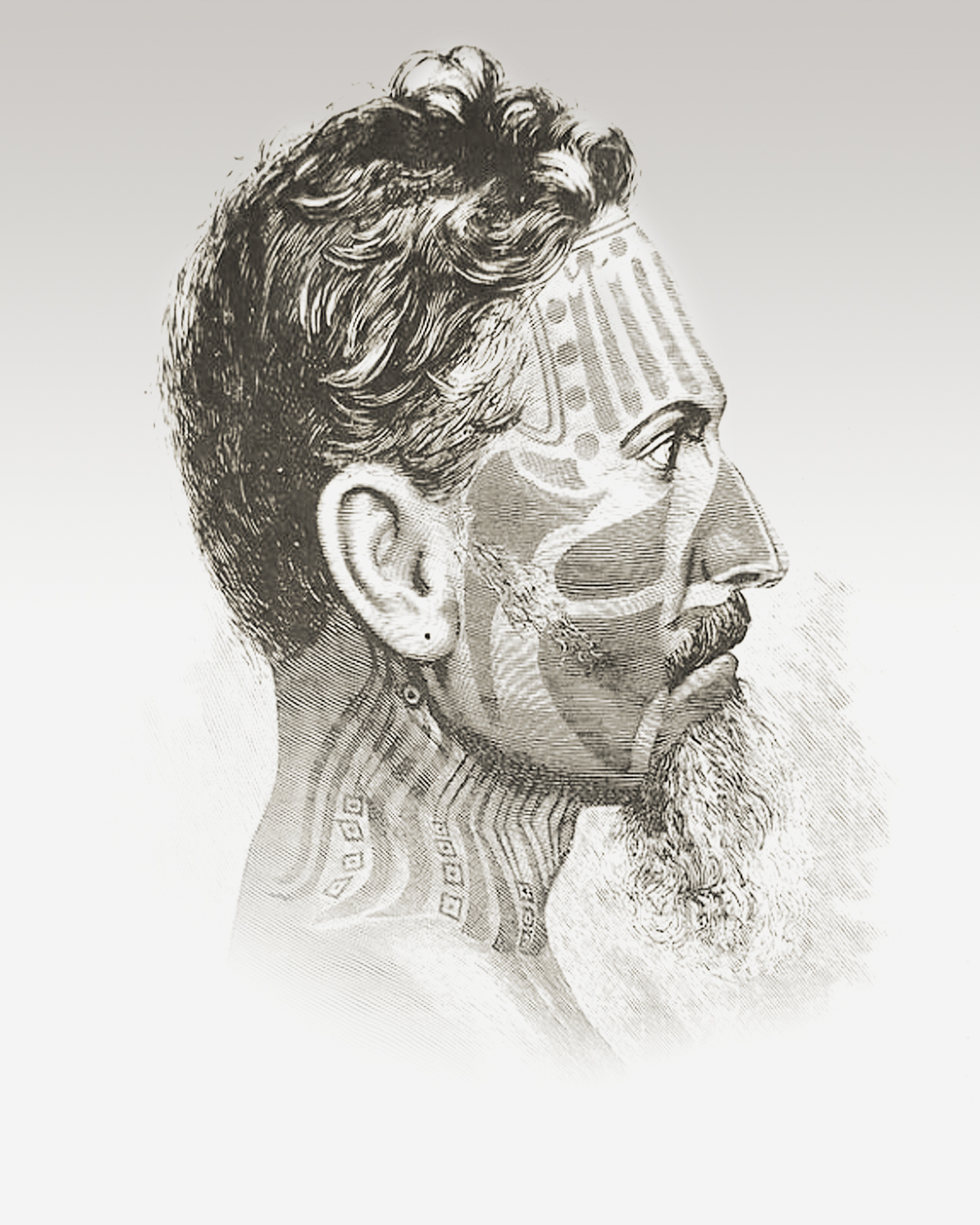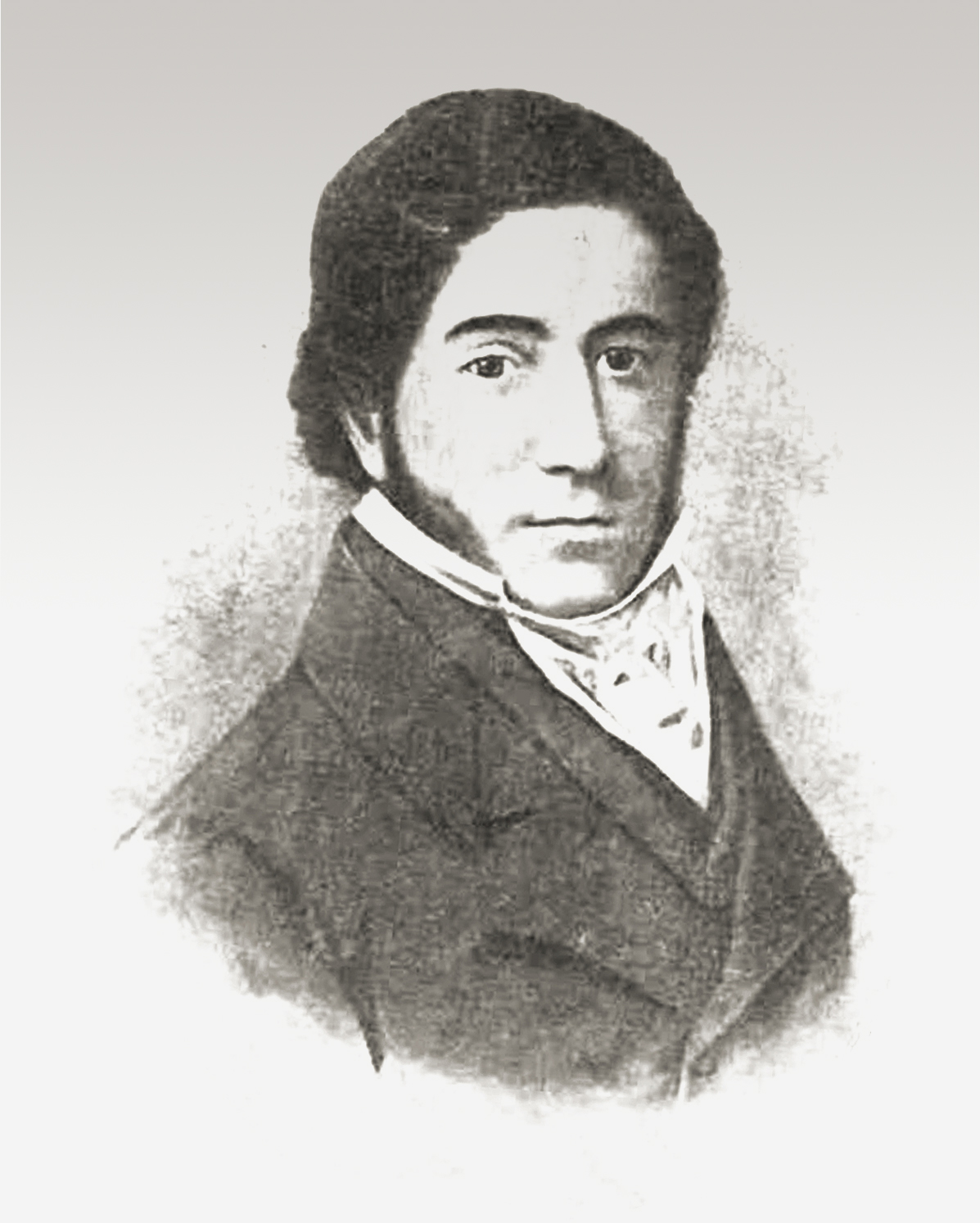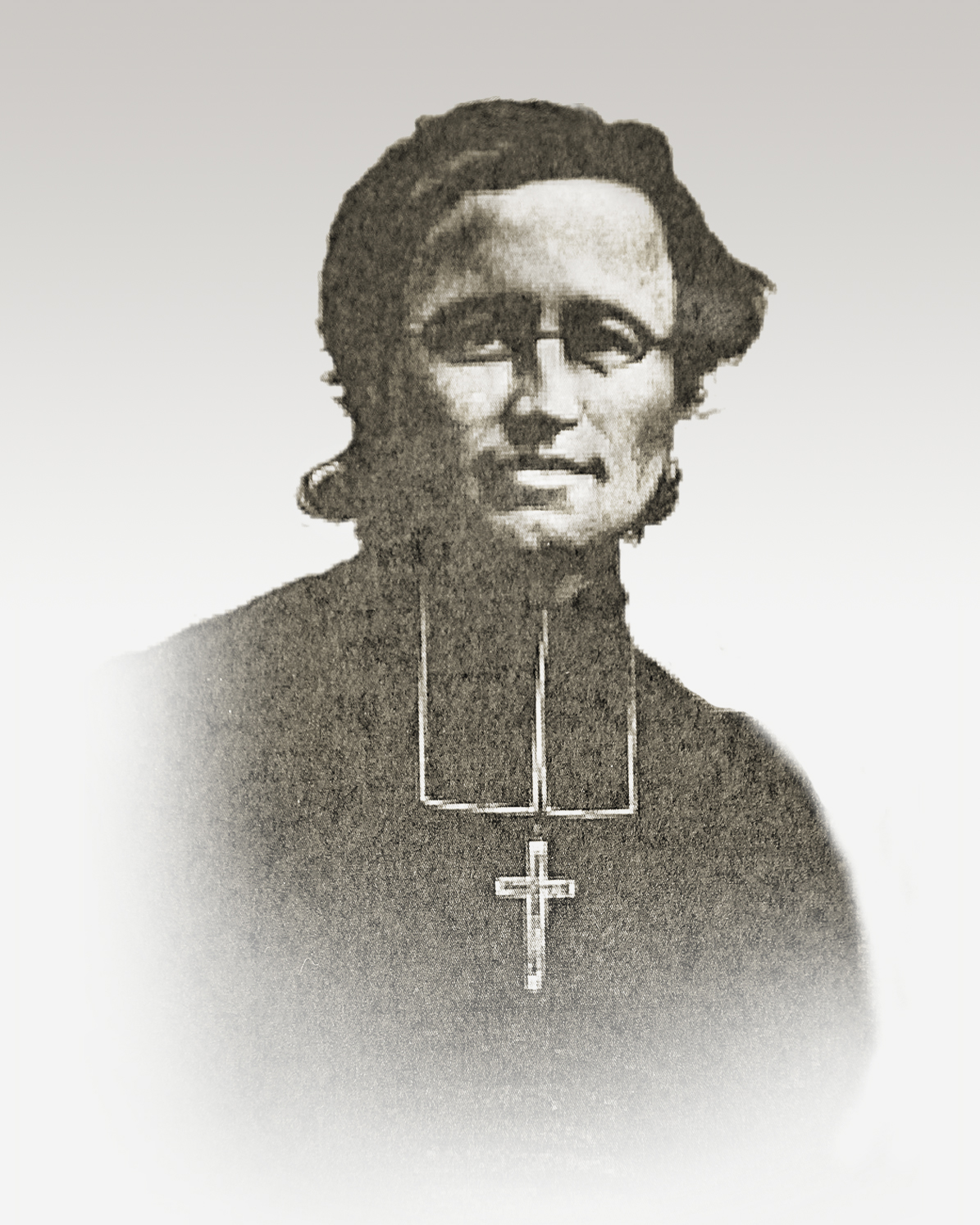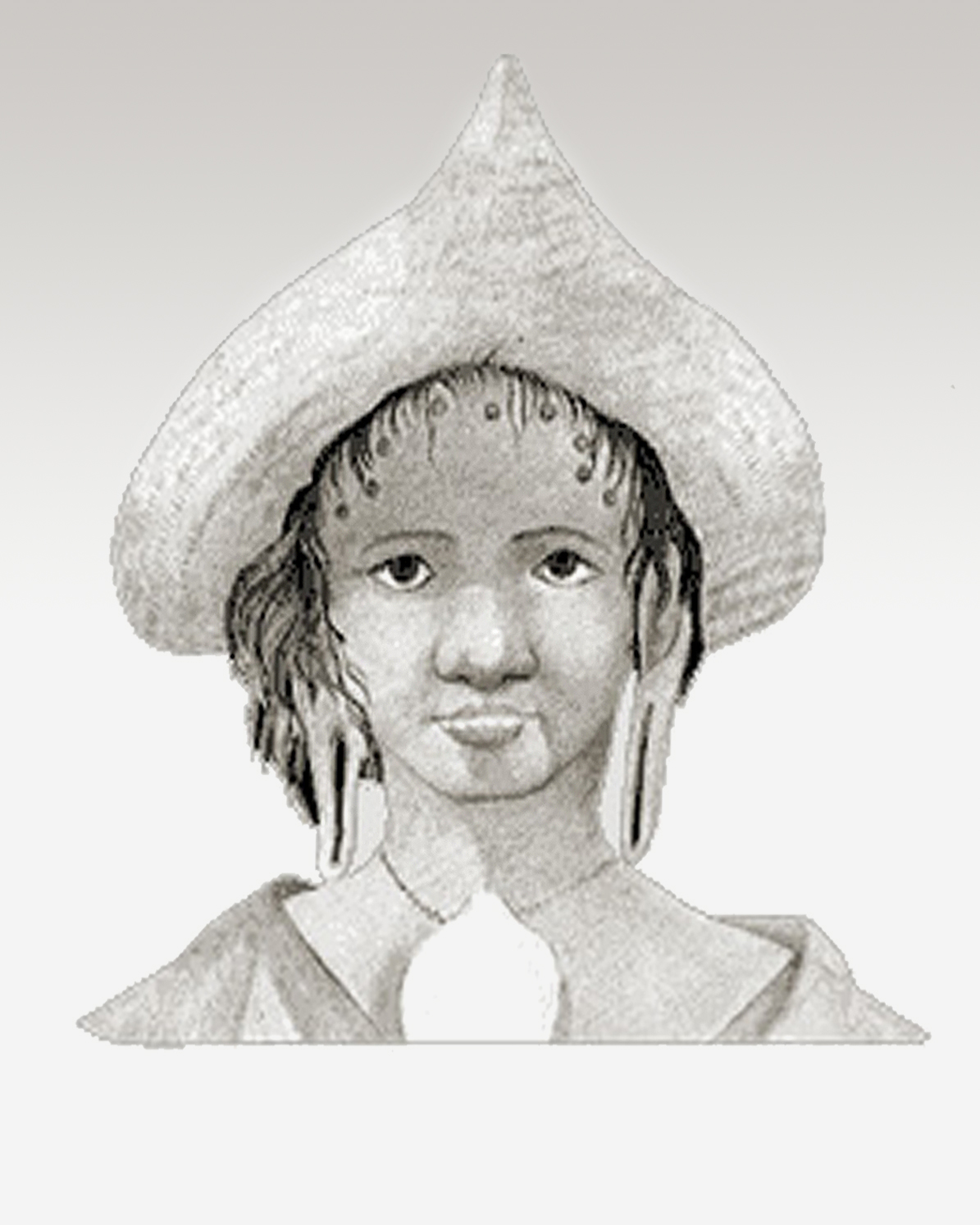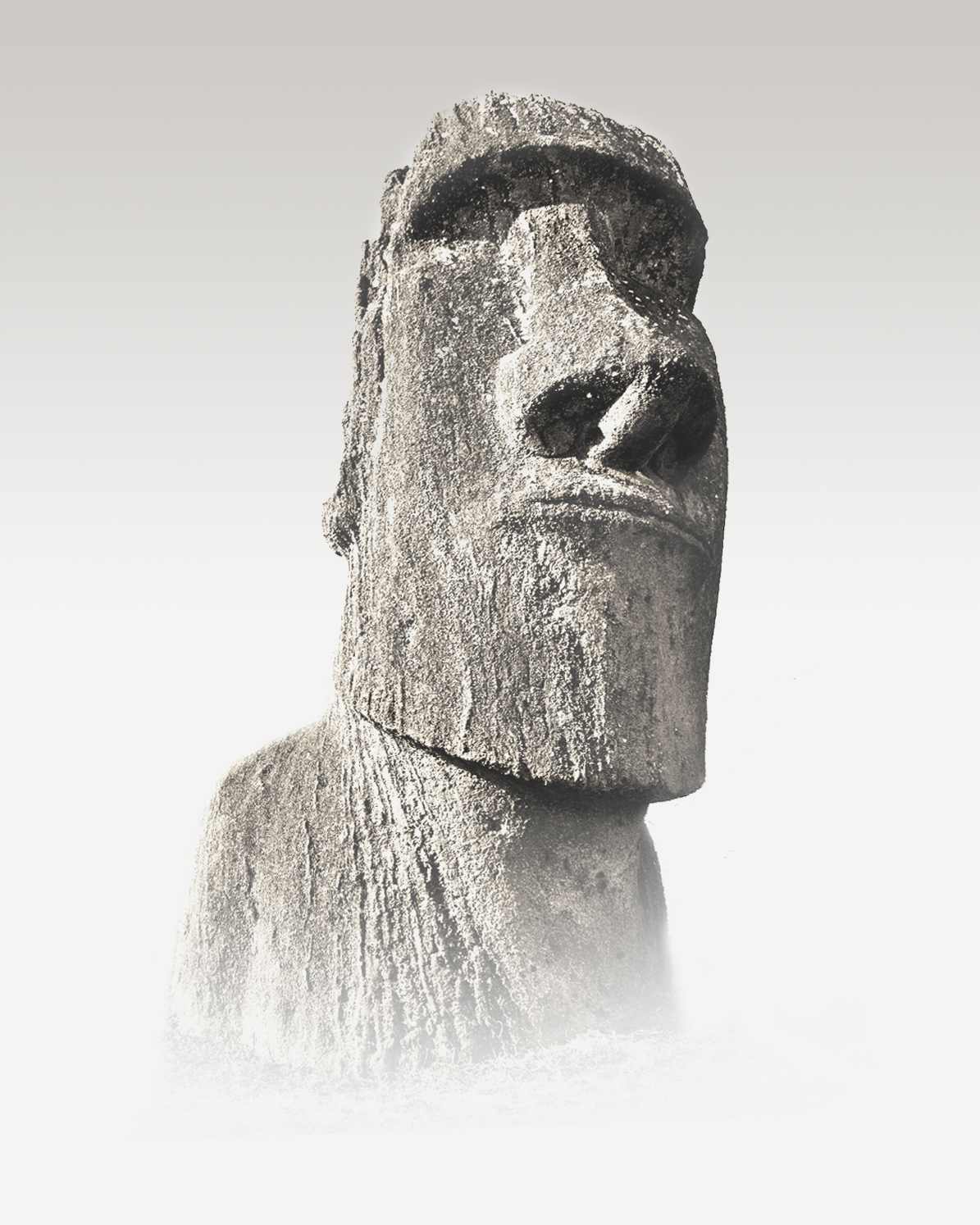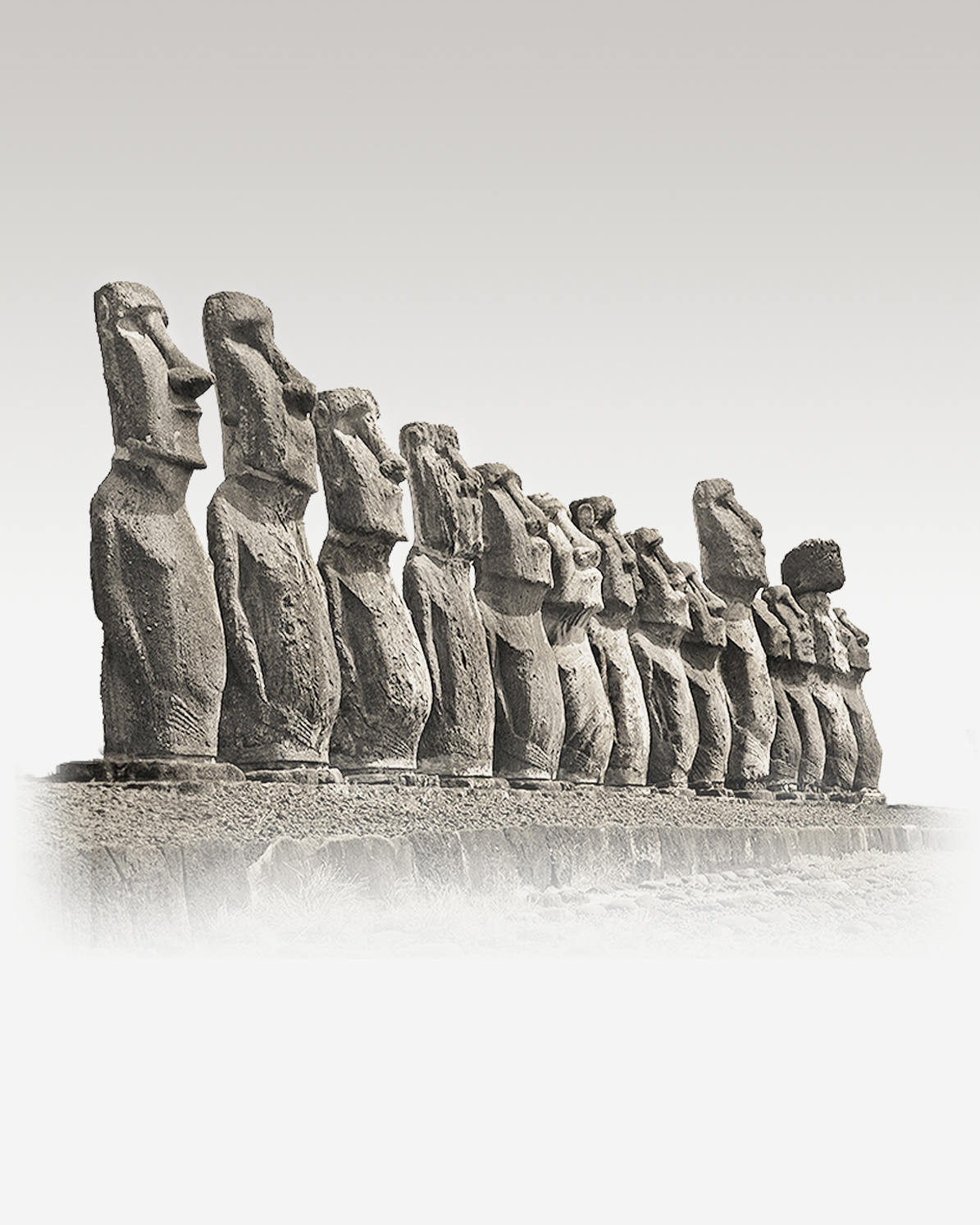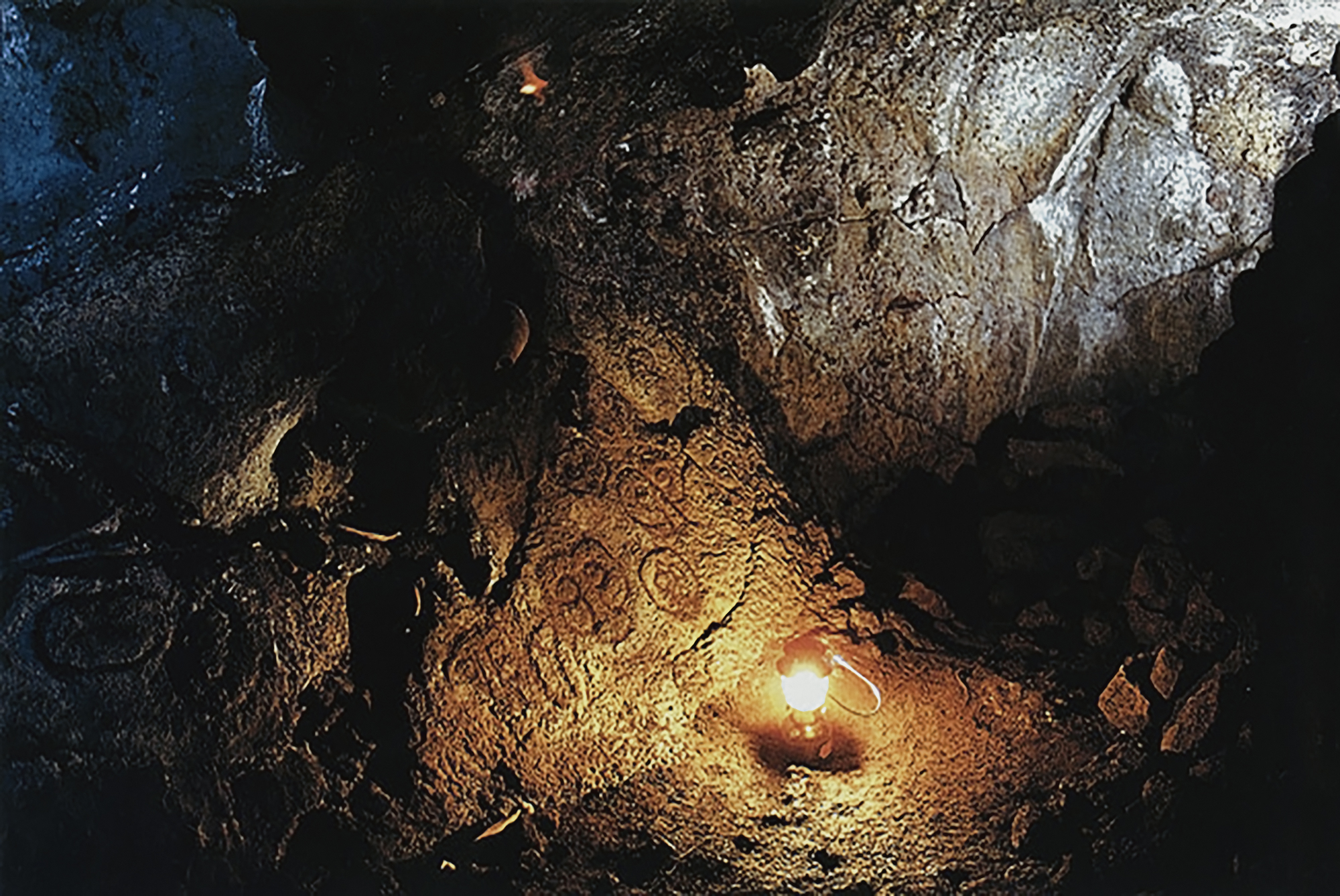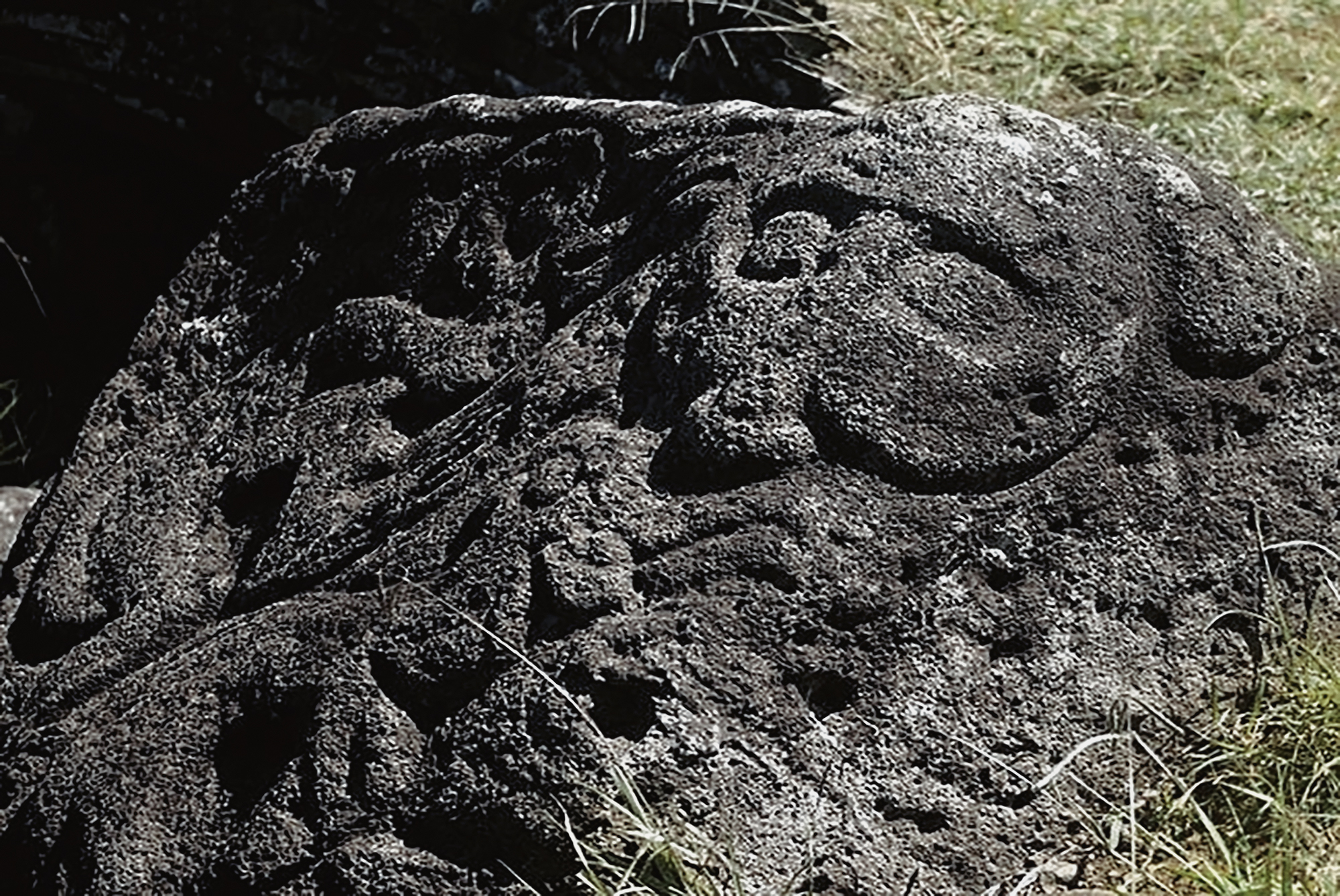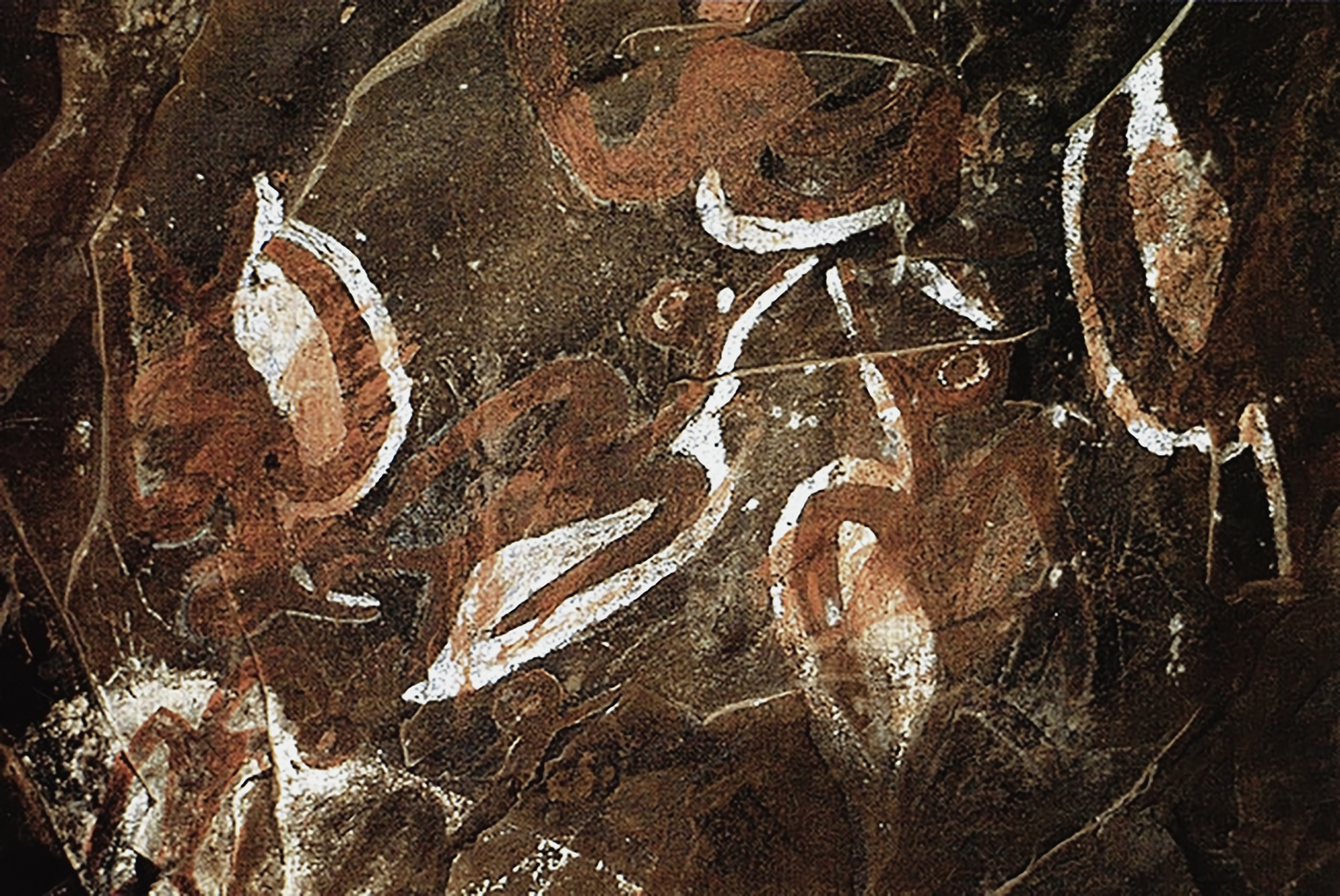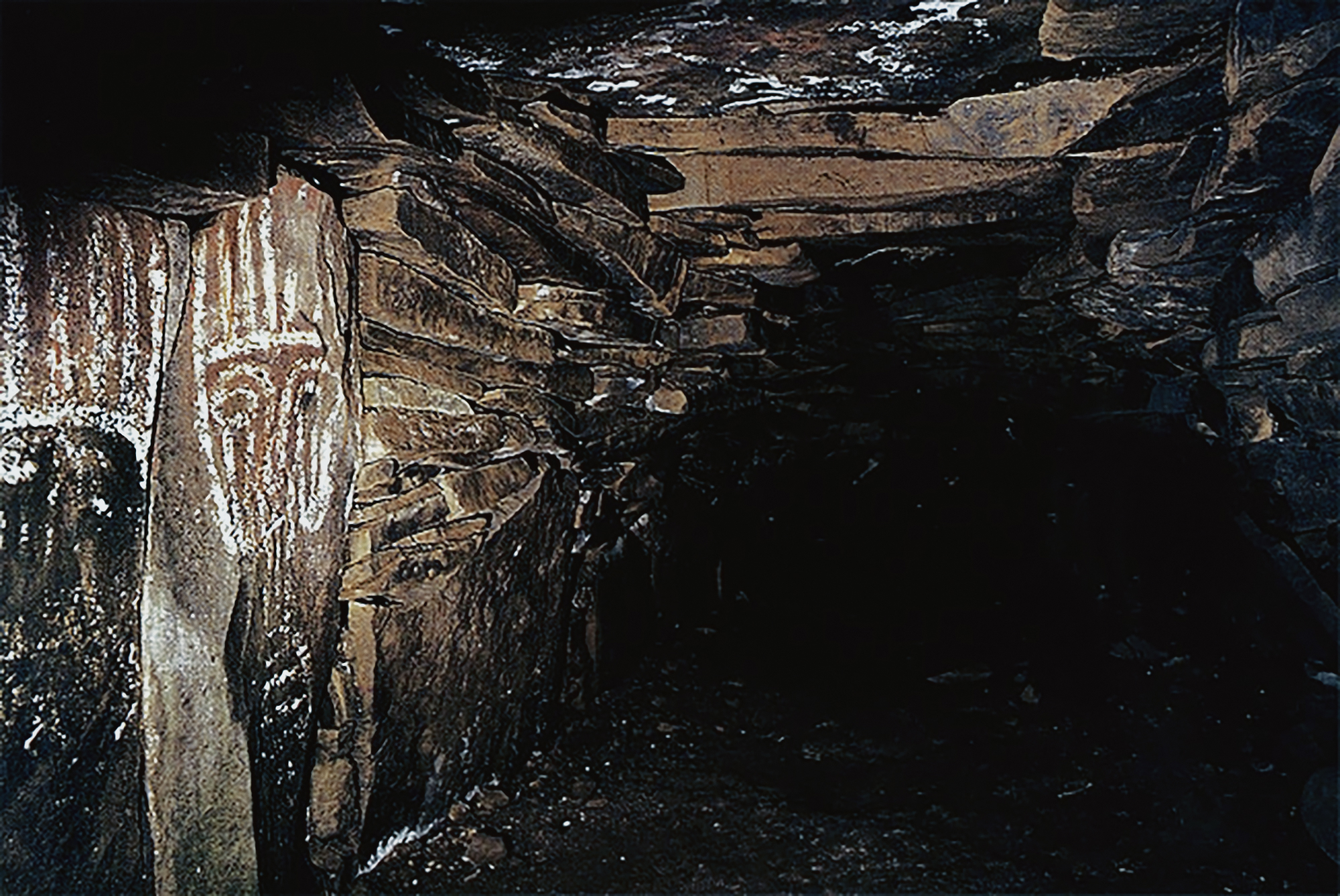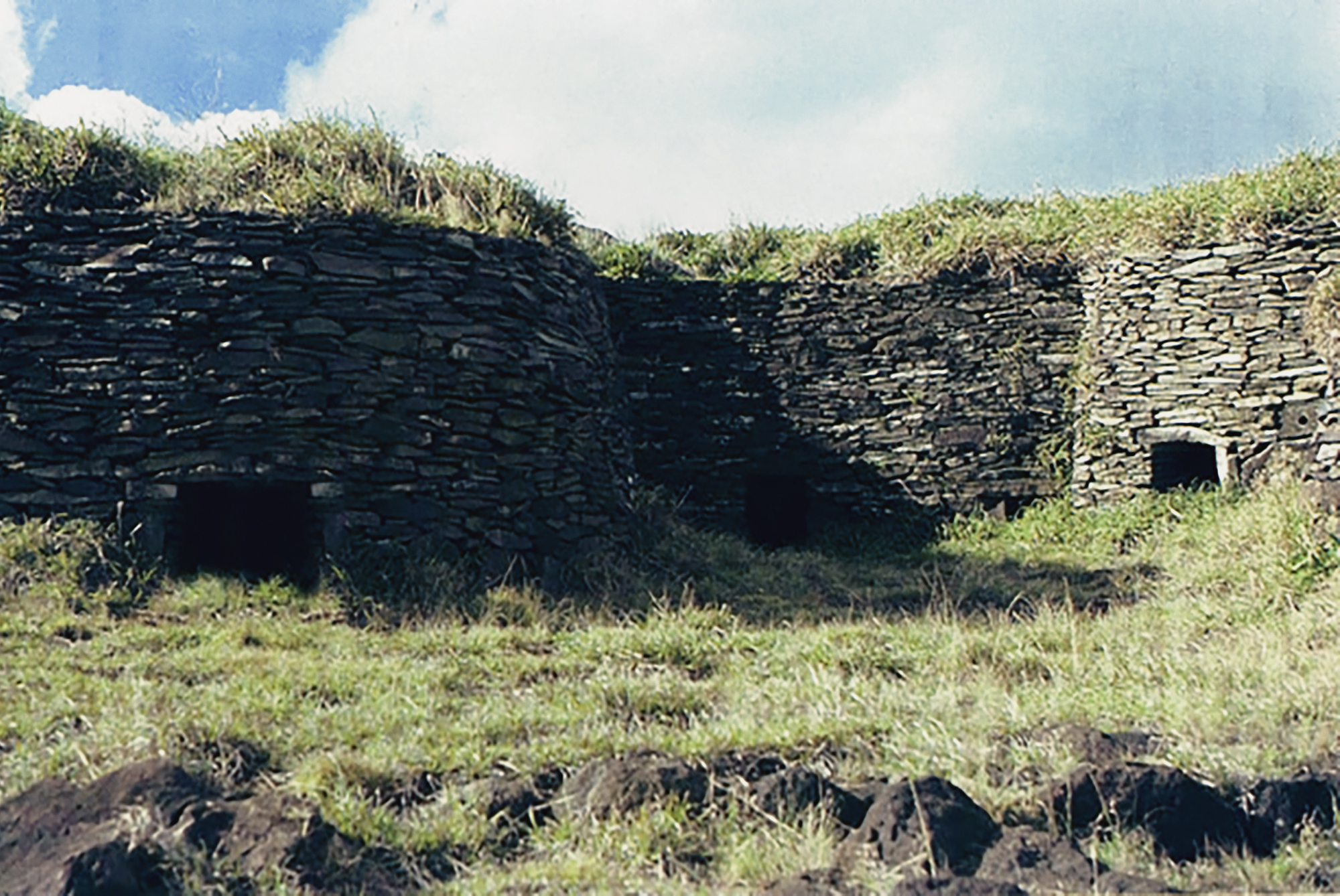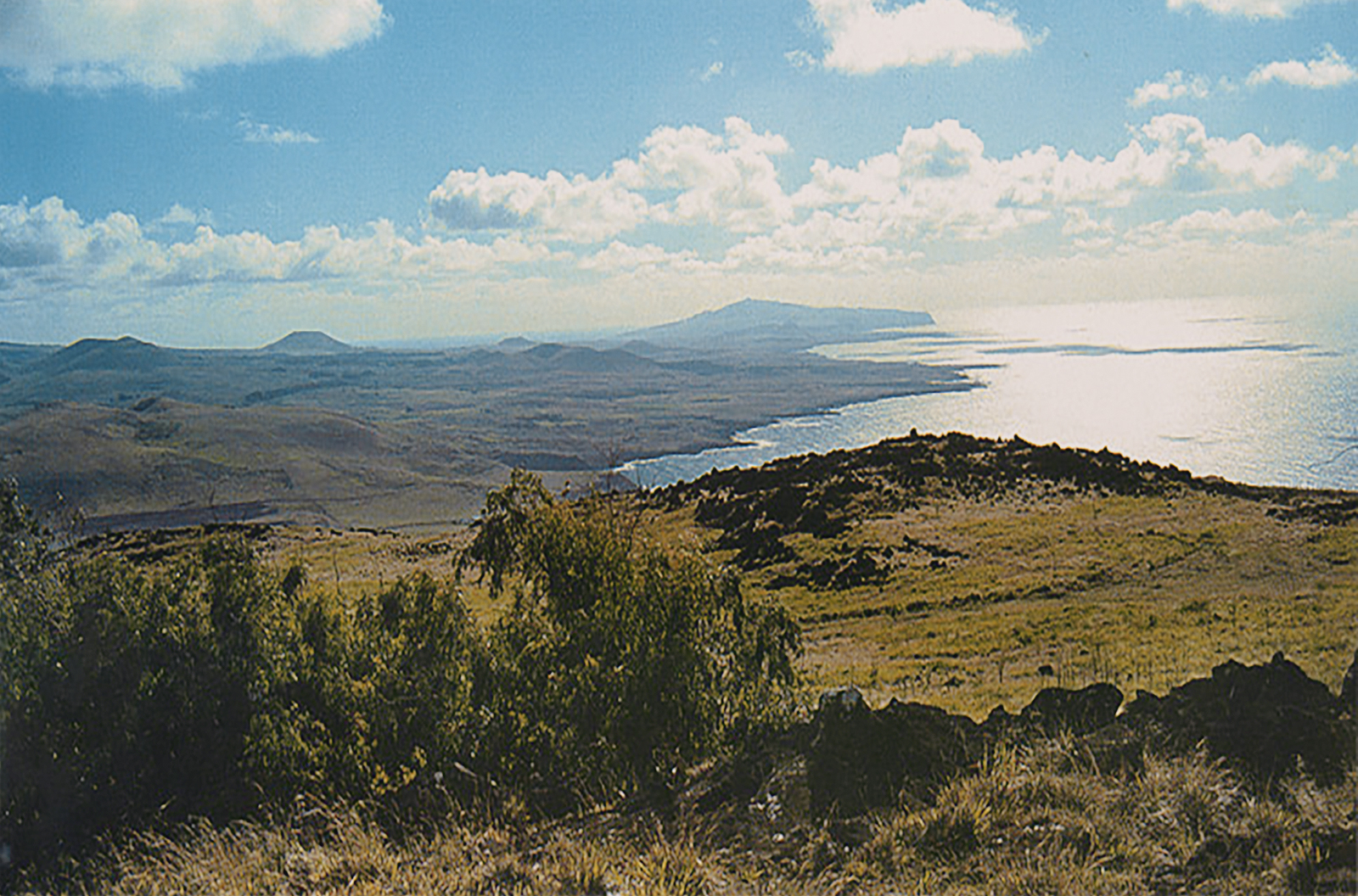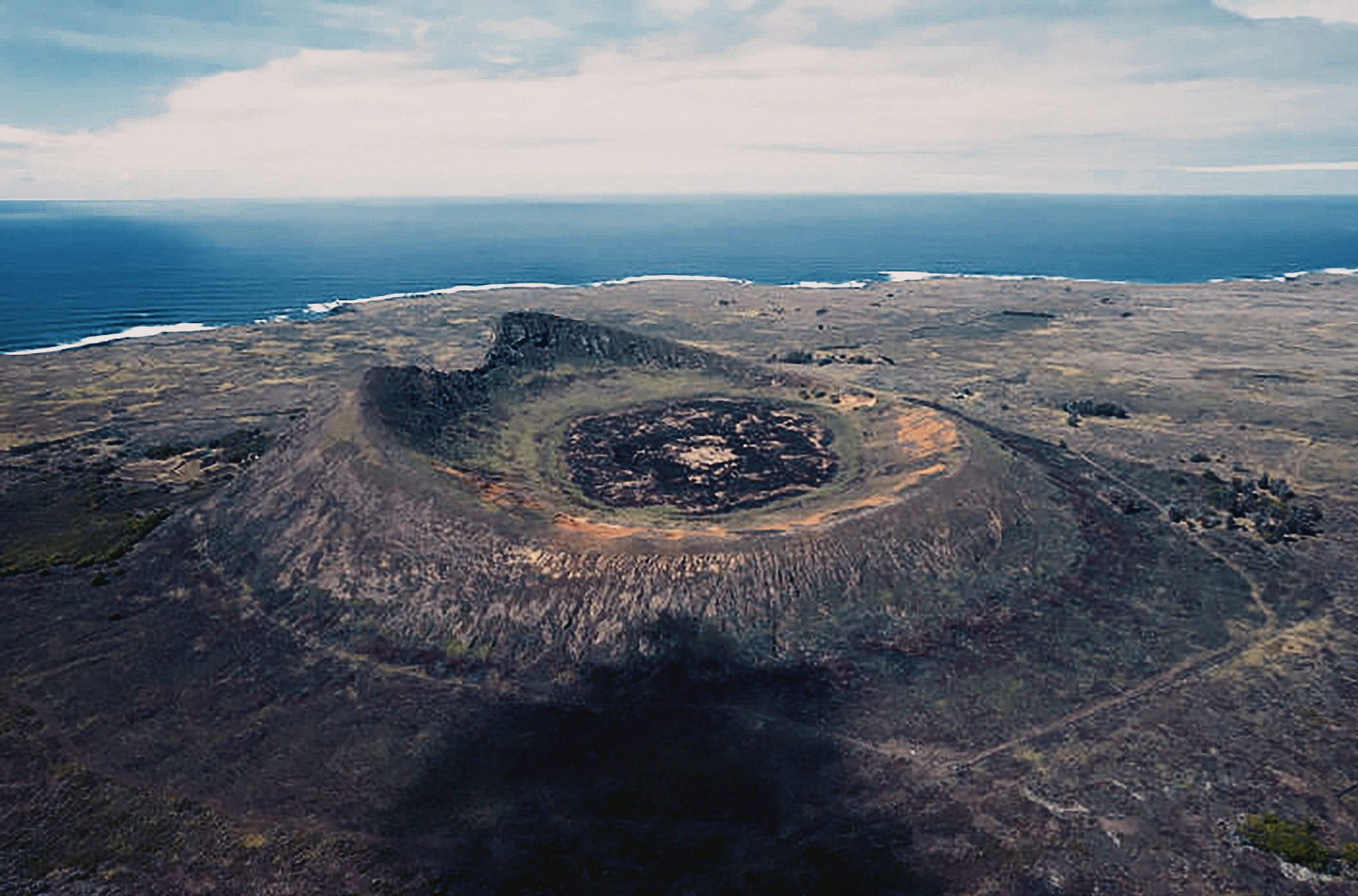UNESCO WORLD HERITAGE LIST
Rapa Nui, the indigenous name of Easter Island, bears witness to a unique cultural phenomenon. A society of Polynesian origin that settled there c. A.D. 300 established a powerful, imaginative and original tradition of monumental sculpture and architecture, free from any external influence. From the 10th to the 16th century this society built shrines and erected enormous stone figures known as moai , which created an unrivalled cultural landscape that continues to fascinate people throughout the world. Rapa Nui National Park was inscribed to the UNESCO World Heritage List in 1995.
Rapa Nui, or Easter Island as it was to become known, is the Polynesian island found in the south east Pacific Ocean. Although famous for the large monumental Moai statues which adorn Easter Island, Rapa Nui is also home to extensive rock art carvings and paintings with unique motifs.
Rapa Nui presents us with a model of the human spirit. The initial endeavour of migration and protohistoric ocean voyaging is remarkable in itself; the urge to explore and colonise has taken a small group of people to one of the remotest parts of the world, one which they came to refer to as the ‘navel of the world’. The model demonstrates the ability to establish a spiritual/religious framework which binded the society. However, the artistic endeavours on Easter Island infact throw light on the changing socio-economic conditions and on the changing balance of power.

The sequence of events on Rapa Nui occurred over many centuries, but there appears to be a critical period of 27 years - between 1837 when the Moai statues were standing, and 1864 when they had all been pulled down. As to why this happened, we can only speculate. We are fortunate that Rapa Nui has survived its turbulent history, leaving us with a small but healthy culture which is home to some of the world’s most original and intriguing art.
In 1995 the Chairman of the Bradshaw Foundation, Damon de Laszlo, and John Robinson, joined Dr Georgia Leee on Easter Island to observe the surviving culture of Rapa Nui, in the remarkable setting of its powerful landscape and artistic legacy. During the first week of February every year the residents of Rapa Nui celebrate this culture with traditional dances, costumes and competitions.
Rock Art
Archaeological studies have been in progress for many years on Rapa Nui. However, the majority of excavations have focused on the monolithic moai statues and the ceremonial shrines called 'ahu'. Many early visitors and researchers noted and commented upon a few petroglyphs, but little attention was directed towards the island's rock art, either generally or specifically. This could be due to the lesser visibility of the rock carvings: the statues and ahu stand out clearly and dramatically in the landscape, but the petroglyphs and the paintings are almost always more obscure.
Despite unusual design motifs and the large sizes of many of the designs, the Easter Island rock art was overlooked until 1981 when an intensive documentation project began. It soon became apparent that the rock carvings and paintings represented a body of work that was both sophisticated and unique.
On Easter Island, petroglyphs are located in almost every part of the island where there are suitable surfaces. Favored locations are smooth areas of lava flow, referred to as 'papa', or on smooth basalt boulders. Most of these surfaces occur along coastal areas and are often associated with major ceremonial centers.
Some of the rock art appears to refer to status, some to clan identification; others were offerings or supplications, some marked the location of special rites and ceremonies, and some were related to the esoteric and religious aspects of the society.
Aside from the monolithic statues, the
birdman image best represents Rapa Nui. This distinctive motif, with its huge eye and bird beak combined with a crouching human figure in profile, dominates the petroglyph site of Orongo. There are 1,274 documented petroglyphs, nearly all of them the birdman motif, clear evidence of Orongo's association with the Rapa Nui birdman ceremony.
At the Orongo site, the petroglyph motif evolved from an elongated form into the highly stylized 'developed' design.
Some important ahu have, as part of their structure, elegantly carved basalt stones - 'paenga' - with petroglyphs on them. Paintings can be found in several caves as well as in stone dwellings, such as at Orongo and the burial cave at Ana Mahina with its carved and painted long-nosed makemake faces.
Timeline
Significant Dates Easter Island's History
c. 1200
Initial colonization by Polynesians
1300s - 1650
Gradual intensification of horticultural land use
1280-1495
First genetic evidence on island of contact with South America
1650-1690
Peak in agricultural land use
1550-1650
Highest population levels
1400
Rock gardens first in use
1722
Dutch navigator Jakob Roggeveen lands on the island on Easter day. He observed that the coastal moai were standing but his drawings show no coral eyes. The population was an estimated 4000
1774
Captain James Cook lands on Rapa Nui. He reported that most of the statues were standing, but that there were no trees over 10 feet in height. The population was an estimated 3000
1864
The Argentine priest Father Eyraud visited the island. He reported there were no standing statues (on ahu)
1862
Eight Peruvian ships landed and captured some 1000 Easter Islanders, including the king, his son, and the ritual priests. They were taken to Peru to work as slaves in the nitrate mines on the islands off Pisco. The entire social order of the island collapses
1821
Captain Thomas Raine, sailing out of Australia in the Surrey, noted the complete absence of canoes - many inhabitants swam out to meet the ship
1865
The Bishop of Tahiti demanded the return of islanders from Peru. A small number were sent back by ship but smallpox broke out during the voyage and only 15 reached the island alive. The resulting smallpox epidemic nearly wiped out the remaining population
1868
The islanders were given the option of moving to Tahiti to work in the plantations and went willingly as life on the island had become miserable. Only 110 inhabitants remained
1888
Rapanui annexed by Chile
1995
Inscribed on the UNESCO World Heritage List, one of 1,121 sites on five continents unique, irreplaceable and authentic. They are the sites included on the World Heritage List, and they all have such exceptional cultural or natural value that they transcend borders, rendering their protection an international duty
1960s
First commercial airplanes land on the island
1953
Easter Island made a Chilean National Park
2013
Tourism levels of about 70,000 people visit annually
2022
Easter Island was closed to tourists from March 17, 2020 until August 4, 2022 due to the COVID-19 pandemic. In early October 2022, just two months after the island was reopened to tourists, a forest fire burned nearly 148 acres of the island, causing irreparable damage to some of the moai. Arson is suspected
c. 1200 red
Initial colonization by Polynesians
1300s - 1650
Gradual intensification of horticultural land use
1400
Rock gardens first in use
1280-1495
First genetic evidence on island of contact with South America
1550-1650
Highest population levels
1650-1690
Peak in agricultural land use
1722
Dutch navigator Jakob Roggeveen lands on the island on Easter day. He observed that the coastal moai were standing but his drawings show no coral eyes. The population was an estimated 4000
1774
Captain James Cook lands on Rapa Nui. He reported that most of the statues were standing, but that there were no trees over 10 feet in height. The population was an estimated 3000
1821
Captain Thomas Raine, sailing out of Australia in the Surrey, noted the complete absence of canoes - many inhabitants swam out to meet the ship
1864
The Argentine priest Father Eyraud visited the island. He reported there were no standing statues (on ahu)
1862
Eight Peruvian ships landed and captured some 1000 Easter Islanders, including the king, his son, and the ritual priests. They were taken to Peru to work as slaves in the nitrate mines on the islands off Pisco. The entire social order of the island collapses
1865
The Bishop of Tahiti demanded the return of islanders from Peru. A small number were sent back by ship but smallpox broke out during the voyage and only 15 reached the island alive. The resulting smallpox epidemic nearly wiped out the remaining population
1868
The islanders were given the option of moving to Tahiti to work in the plantations and went willingly as life on the island had become miserable. Only 110 inhabitants remained
1953
Easter Island made a Chilean National Park
1888
Rapanui annexed by Chile
1960s
First commercial airplanes land on the island
1995
Inscribed on the UNESCO World Heritage List, one of 1,121 sites on five continents unique, irreplaceable and authentic. They are the sites included on the World Heritage List, and they all have such exceptional cultural or natural value that they transcend borders, rendering their protection an international duty
2013
Tourism levels of about 70,000 people visit annually
2022
Easter Island was closed to tourists from March 17, 2020 until August 4, 2022 due to the COVID-19 pandemic. In early October 2022, just two months after the island was reopened to tourists, a forest fire burned nearly 148 acres of the island, causing irreparable damage to some of the moai. Arson is suspected
Easter Island / Rapa Nui Photographs
'Pukao' Red Hats or Topknots





